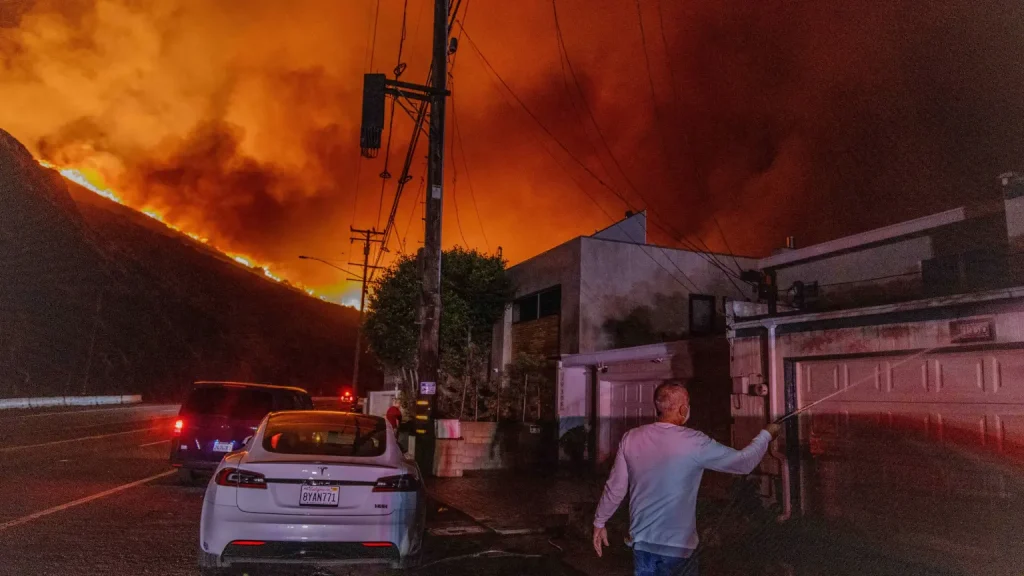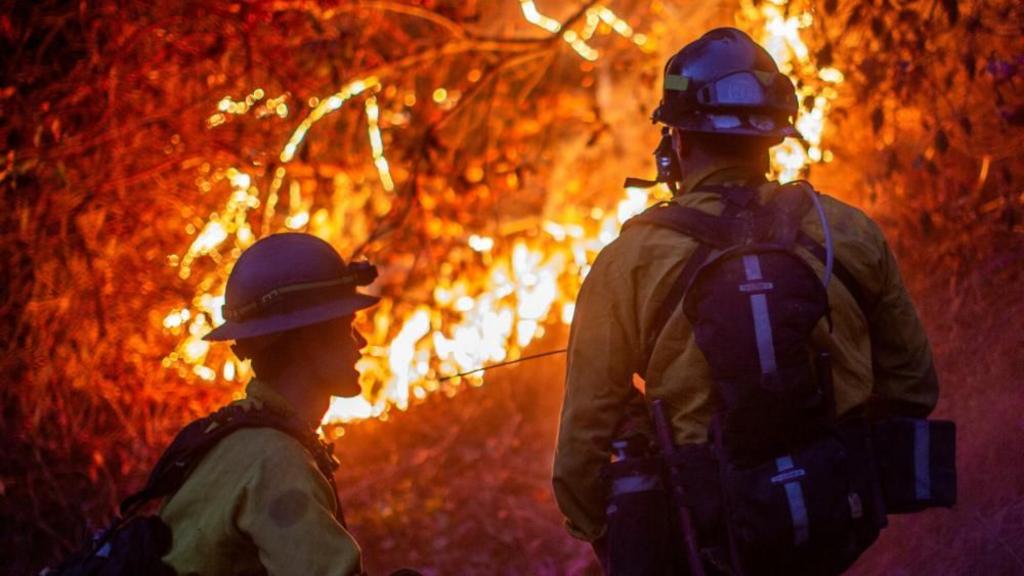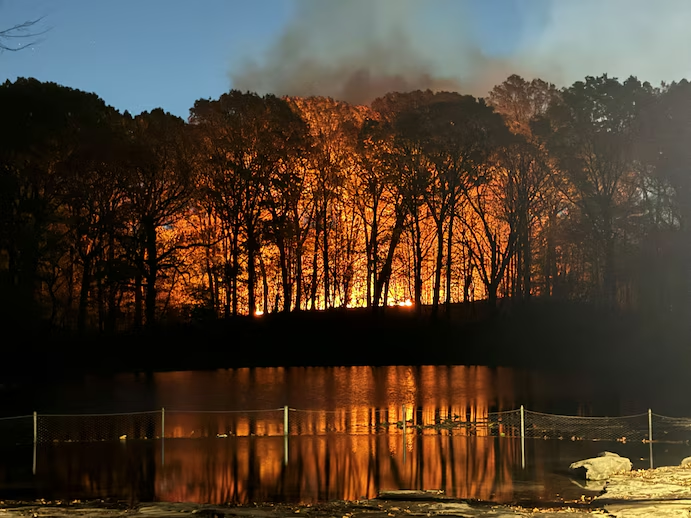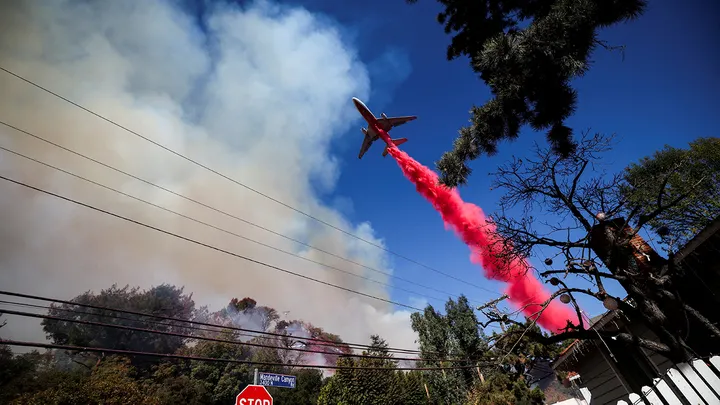Power Company Defends Keeping Lines Open as Winds Fell Just 1 MPH Short of Threshold

A power company has come under scrutiny for its decision to keep transmission lines operational despite the imminent threat of fire conditions in Southern California. The controversy arose when the company, which operates critical transmission infrastructure in the region, defended its actions by explaining that life-threatening winds were just 1 mph below the threshold required to shut down power lines.
Southern California is no stranger to extreme weather, particularly during the dry summer and fall months when strong winds, combined with dry vegetation, increase the risk of wildfires. The Santa Ana winds, known for their intensity, can gust to over 60 mph, creating the ideal conditions for wildfires to spread uncontrollably. In such a volatile environment, power companies are often faced with a difficult decision: continue supplying electricity or take preventive measures by shutting down transmission lines to reduce the risk of sparks that could ignite fires.
In this instance, the power company argued that while the winds were severe, they did not meet the specific criteria outlined in their guidelines to initiate a shutdown. According to the company’s protocol, power lines are de-energized when winds reach a certain speed, typically around 70 mph, or if the weather conditions align with other factors that could heighten the fire risk, such as extreme dryness and low humidity. The winds, which were recorded just 1 mph below the cutoff, were deemed insufficient to trigger an automatic shutdown, the company explained.
Despite this explanation, the decision to keep the transmission lines running raised concerns among local residents, fire experts, and elected officials. Critics argue that the company’s rigid adherence to its wind threshold failed to account for the broader context of extreme weather and the heightened risk of fire, which was clearly present. With the region already facing critical fire danger, many feel the power company should have taken a more precautionary approach, opting to shut down the lines to minimize any potential sparks that could spark a wildfire.
While the utility company contends that its decision was based on standard operational guidelines designed to ensure grid stability and avoid unnecessary power outages, the debate touches on broader questions about how utilities balance risk management with the urgent need to prevent catastrophic wildfires. Critics argue that the company’s decision to keep the lines open highlights the tension between maintaining reliable power and mitigating the growing risk of fires exacerbated by climate change and extreme weather events.
In a statement, the power company emphasized its commitment to safety, noting that it continually monitors weather patterns, adjusts protocols when necessary, and uses advanced technology to detect and prevent potential threats. The company also pointed out that it had previously implemented fire mitigation measures, including the installation of advanced weather monitoring systems and the proactive de-energization of lines in other high-risk areas. However, with the decision to keep the lines open in this particular case, the company faces increasing pressure to reconsider its criteria for shutting down power lines in fire-prone regions.
The company’s stance has drawn mixed reactions from the public. Some support the utility’s decision, arguing that it was acting within the guidelines and did not want to cause unnecessary power disruptions that could affect millions of people, especially during critical times when many rely on electricity for heating or cooling. Others, however, argue that in the face of an ever-increasing threat of wildfires, the company should adopt a more aggressive approach to de-energization, even if that means temporarily cutting power to prevent the possibility of sparks igniting a fire.
As California continues to grapple with the increasing frequency and severity of wildfires, this incident underscores the challenges utilities face in balancing their operational responsibilities with the growing demands for climate resilience. Whether or not the company’s actions will be subject to regulatory review remains to be seen, but it’s clear that this issue is likely to spark ongoing debates about how best to manage the risks associated with power infrastructure in fire-prone areas.
For now, Southern Californians are left to ponder whether the company made the right call in leaving its transmission lines energized and whether a more cautious approach could have prevented potential disasters as the region continues to battle wildfires fueled by fierce winds and dry conditions.






